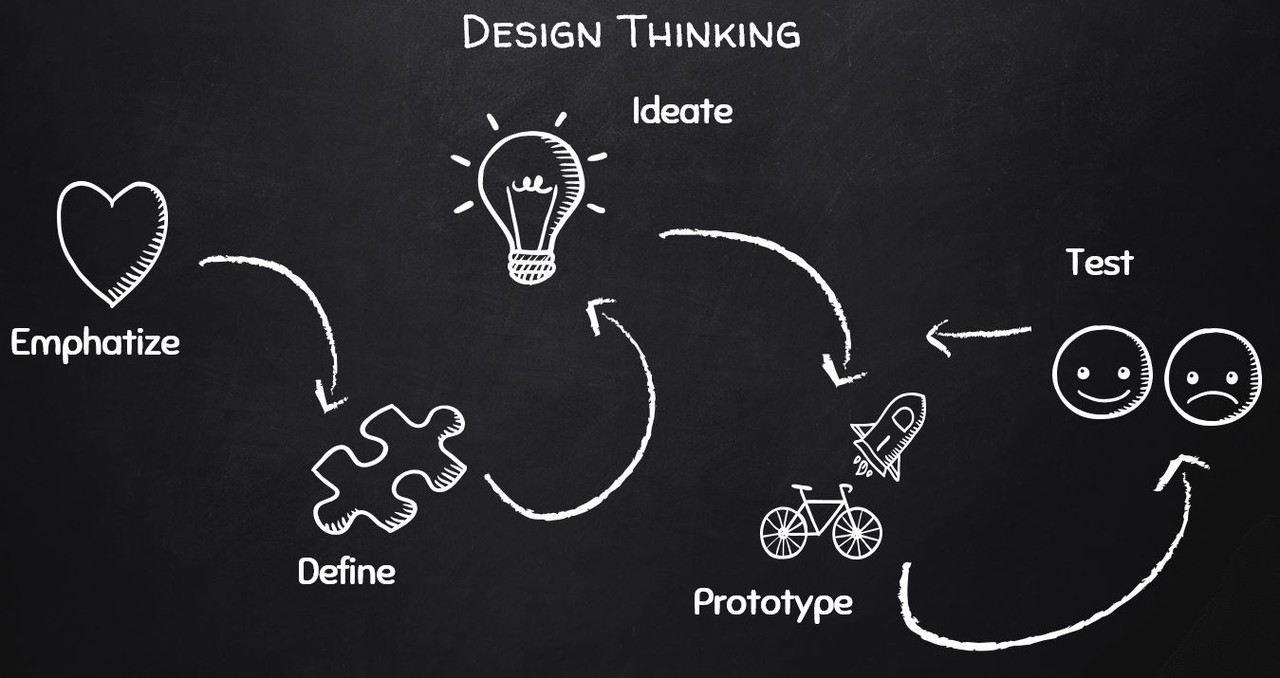Design thinking and innovation for IT Engineers

About Course
Design thinking and innovation are essential skills for IT engineers to develop innovative solutions and products that meet user needs effectively. Here’s a comprehensive course outline for IT engineers focusing on design thinking and innovation:
Course Title: Design Thinking and Innovation for IT Engineers
Course Overview:
This course aims to equip IT engineers with the mindset, methods, and tools of design thinking and innovation to address complex problems and create user-centered solutions in the field of technology. Through a combination of lectures, case studies, workshops, and practical projects, students will learn how to apply design thinking principles to drive innovation in software development, product design, and IT service delivery.
Course Duration: 12 weeks (3 hours per week)
Course Contents:
Week 1-2: Introduction to Design Thinking
– Understanding the principles of design thinking
– History and evolution of design thinking
– Importance of empathy in design thinking
– Overview of the design thinking process: Empathize, Define, Ideate, Prototype, Test (EDICT)
Week 3-4: Empathize and Define
– Techniques for empathizing with users: interviews, observations, and ethnographic research
– Defining the problem statement: framing the challenge from a user-centered perspective
– Creating user personas and empathy maps
– Analyzing and synthesizing user research findings
Week 5-6: Ideate and Prototype
– Generating innovative ideas through brainstorming and ideation sessions
– Techniques for divergent and convergent thinking
– Rapid prototyping methods: paper prototyping, wireframing, and mockups
– Iterative prototyping and feedback loop
Week 7-8: Test and Iterate
– Conducting user testing and feedback sessions
– Analyzing and interpreting user feedback
– Iterating on prototypes based on user feedback
– Techniques for prioritizing features and improvements
Week 9-10: Design Thinking in Software Development
– Applying design thinking principles to software development lifecycle
– Agile and lean methodologies in conjunction with design thinking
– User story mapping and journey mapping
– Integrating user experience (UX) design into software development processes
Week 11-12: Innovation in IT Engineering
– Strategies for fostering a culture of innovation within IT teams
– Techniques for identifying and prioritizing opportunities for innovation
– Case studies of successful innovations in IT engineering
– Ethical considerations in innovation: privacy, security, and inclusivity
Final Project:
Students will work in teams to apply design thinking principles and techniques to solve a real-world IT engineering challenge. They will go through the entire design thinking process from empathizing with users to prototyping and testing their solutions. Each team will present their final project to the class, demonstrating their understanding of design thinking and innovation in IT engineering.
Assessment:
– Class participation and engagement in discussions and activities
– Individual and group assignments related to each module
– Evaluation of the final project presentation and documentation
– Peer evaluations and feedback
Prerequisites:
– Basic understanding of IT concepts and software development processes
– Familiarity with user-centered design principles is beneficial but not required
Resources:
– Textbooks: “Design Thinking: Integrating Innovation, Customer Experience, and Brand Value” by Thomas Lockwood, “The Design of Everyday Things” by Don Norman
– Online resources: TED Talks, design thinking toolkits, case studies from leading tech companies
– Software tools: Sketch, Adobe XD, InVision, Figma for prototyping; JIRA, Trello for project management; Miro, MURAL for collaborative brainstorming
This course will empower IT engineers to approach problem-solving with a human-centered mindset, fostering creativity and innovation in their work to deliver meaningful solutions that address user needs effectively.
Earn a certificate
Add this certificate to your resume to demonstrate your skills & increase your chances of getting noticed.

Student Ratings & Reviews
